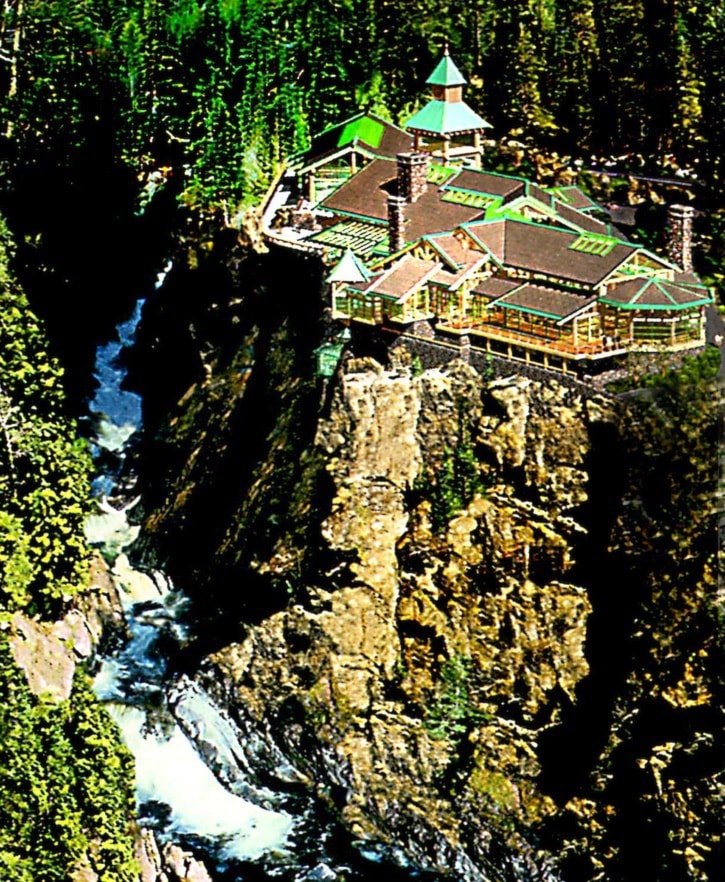Deer Trail became a lost cause
Devil’s Potholes is one of the earliest references we have found to the fascinating rock formations beyond the falls in the upper Sooke River, a location that led to one man’s dream of a destination resort.
It was in 1982 that residents became aware of heightened traffic and industrial activity on Sooke River Road leading to the property rising above the deep gorge cut in the mountainside by the torrents of the Sooke River. The Sooke River is among the largest watersheds on southern Vancouver Island.
Since the 1930s the rocky terrain had been known as Deer Trail, a name coined by then-owners, nature lovers George and Sis Weiler. When Albert Yuen acquired the property he saw the potential of the spectacular outcropping as the site for a world class resort and conference centre. It was touted as a $50 million development that would provide employment for 150.
A Victoria developer, Yuen had a penchant for appreciation of beauty in nature and also the practicality of re-cycling. An example was recycling of industrial equipment and resources, and he began amassing items such as retired railway ties from the CNR line and vats from the closed down Labatt’s Brewery in Victoria.
As time went on and the initial funding assistance from a government program was completed, the resort construction of stone and old growth timber was stalled. While his plans for the dramatic location drew the interest of architects and investors from around the world, it appeared that a meeting of the minds between Yuen and potential investors did not occur.
Many visitors were drawn to the DEER TRAIL site to witness the partially-built enterprise which included a stone cavern barbecue large enough to roast an ox. But in time, deterioration of materials unprotected from the weather led to concerns for safety.
In 2004, after a series of changes in plans and zoning, and financing issues, the property was acquired by The Land Conservancy and the Capital Regional District as parkland, and the Yuen dream came crashing to an end. Partial dismantling of the lodge structure followed and today little remains but stonework. The illustration accompanying this column is from a promotional leaflet; the enterprise itself was never completed to the extent of this image.
For the curious sightseers of today – no, it is not the ruins of an old castle - but perhaps more accurately the ruins of one man’s dream.
Elida Peers,
Historian
Sooke Region Museum
